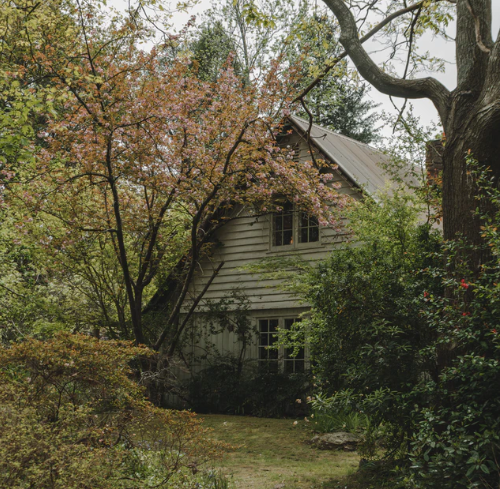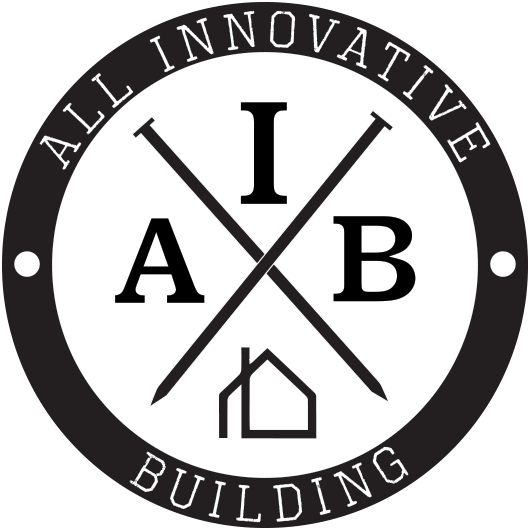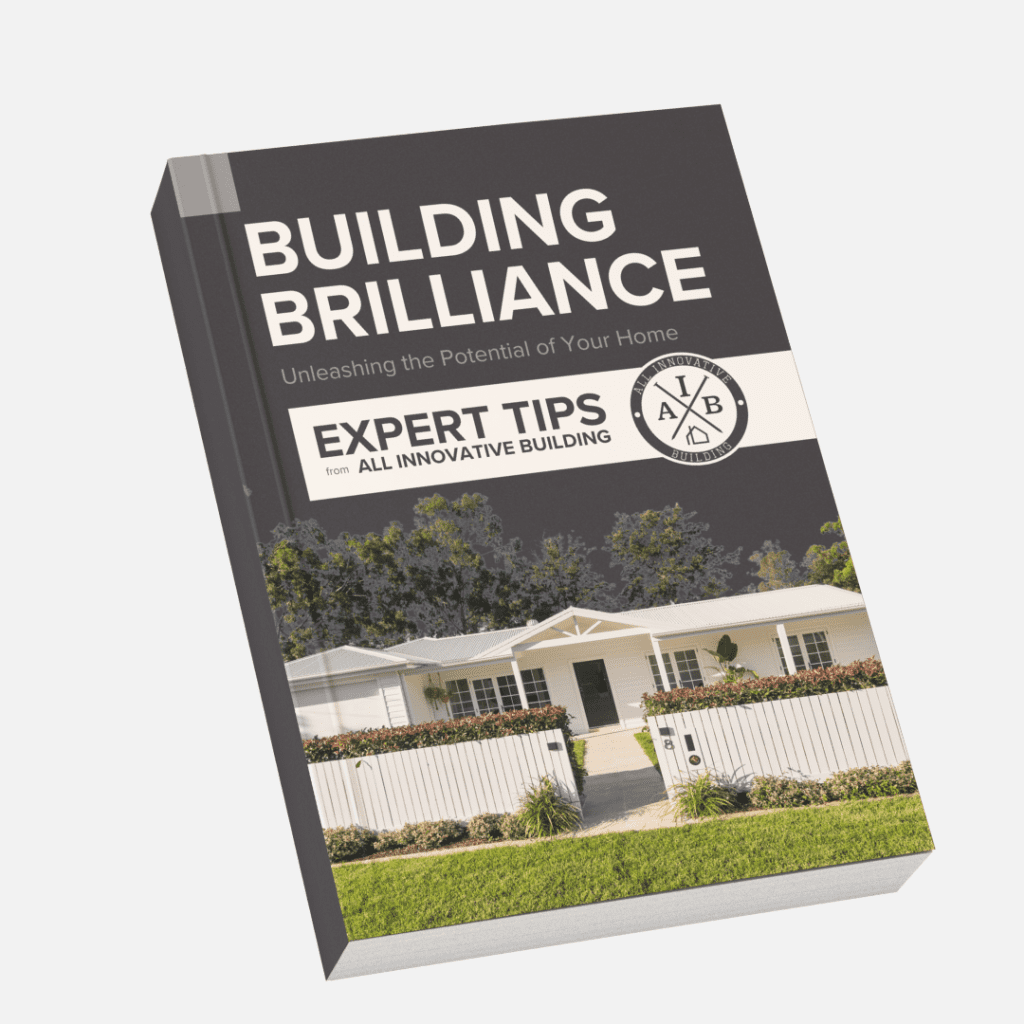
14 Nov The Pros and Cons of Renovating Weatherboard
Depending on who you speak to, what their age is and how experienced they are in owning, building or renovating houses, you will likely come across a variety of differing opinions when it comes to the merit of weatherboard as a building material. The first is ‘stay away’, the second is that weatherboard homes are beautiful and worth having.
Weatherboard construction was widely used from the late 1800s right up to the mid-1950s, but unlike today where aesthetics plays a major role in deciding what building materials to use, back ‘in the day’, the choice of materials was affected more by availability and price. Generally speaking, weatherboard was more affordable than brick or stone and more widely available and easier and more cost effective to transport and work with.
Fast forward to the present day – with the range of modern finishes and materials now available, why would a homeowner wish to build, renovate or extend using weatherboards?
The Pros
Keep in period style
If extending or renovating an existing weatherboard period property, particularly if the owner is committed to staying true to the style of the era, it makes perfect sense to again use weatherboard to retain character and to provide a seamless transition between old and new.
Flexibility
Weatherboard construction also provides added flexibility, making it easier to alter the positioning of windows and doors and to bump out walls with less effort.
Ground movement
Another benefit of weatherboard construction is that it can better withstand ground movement and soil shrinkage compared to brick equivalents which may experience cracking after extended dry periods of weather.
Limitless colours
Perhaps one of the greatest benefits of building with weatherboards is the ability to easily change the appearance of the house – it can be as simple as lifting the lid on a paint tin and choosing a new colour.
The Cons
Maintenance
This is no doubt the greatest downfall of using weatherboards. While modern paints have come a long way in terms of their durability and resistance to flaking or fading, if you want to keep your weatherboard house looking fresh it will need regular painting. How often will depend on how pedantic the owner is and the climate in which they live. As a general guide, we would recommend washing your weatherboard home to remove dirt and dust once a year and repainting every 5 to 7 years. Properly maintaining weatherboards will not only keep it looking great but reduce the likelihood of rot and ensure the integrity of the timber for many years to come.
Termites
As with any timber, weatherboards can also be prone to termite damage. Taking precautionary measures such as getting a professional pest inspection prior to purchasing and/or beginning an extension or renovation will be money smartly spent. Also, removing underlying conditions that attract termites such as excess foliage close to the house, dead trees or stumps and improving airflow to the sub frame will also help safeguard against these nasty insects.
Heating and cooling
Due to their lightweight construction compared to brick or masonry, weatherboard homes can transfer heat and cold faster, cooling down quickly in winter while heating-up more rapidly in the heat. By adding sisalation wrap for draught proofing and using quality insulation during an extension or when re-weatherboarding, the thermal efficiency of the build will be greatly increased, reducing heating and cooling costs and generally making the home more efficient.
At All Innovative Building, our team has extensive experience in building with a range of materials from modern cladding and masonry products to more traditional materials such as weatherboards. Please contact us to learn how we can assist in your next build, renovation or extension.



Sorry, the comment form is closed at this time.